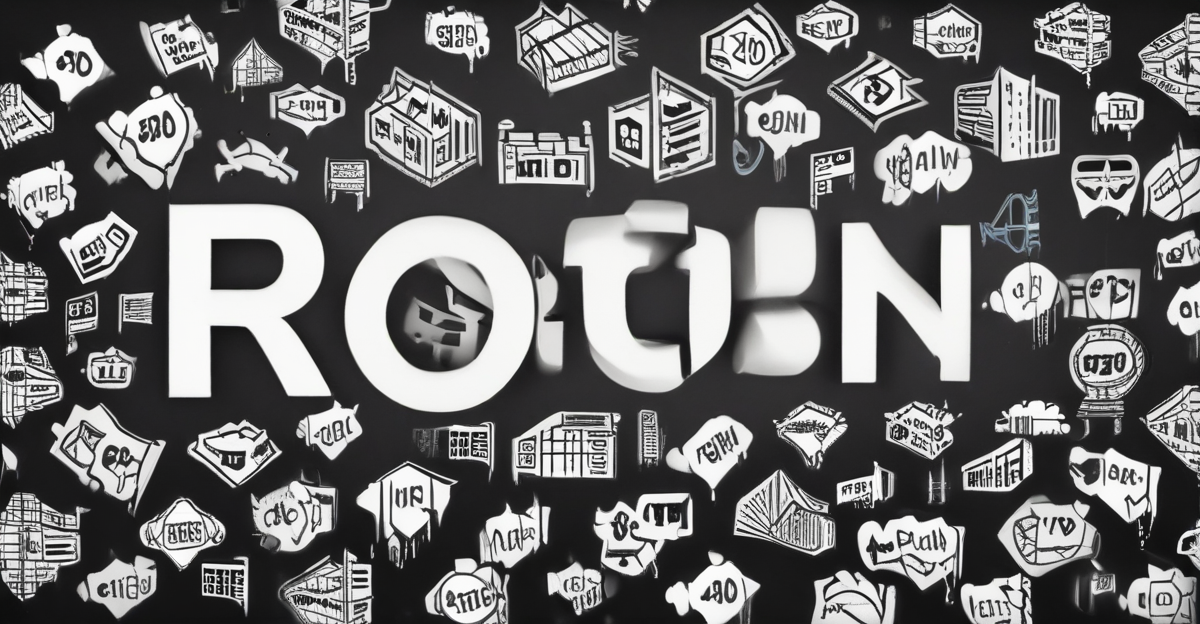Auto-published by Growwh – a smarter way to scale content and marketing. Want to know more? Chat with us.
This article provides insights into tracking and measuring the return on investment (ROI) from digital marketing campaigns in 2025. It emphasizes the importance of understanding marketing ROI calculation using key metrics such as customer acquisition cost, lifetime value, conversion rate, and revenue per click. Additionally, the article explores tools like Google Analytics, HubSpot, and Facebook Ads Manager that aid in measuring ROI and offers strategies for analyzing performance data to optimize marketing efforts.
Auto-published by Growwh – a smarter way to scale content and marketing. Explore our platform.
How to Track ROI from Digital Marketing Campaigns in 2025?
In the fast-paced world of digital marketing, understanding and measuring your return on investment (ROI) is crucial for guiding strategies and ensuring the profitability of your efforts. As businesses allocate more resources to their digital marketing initiatives, the ability to accurately track and measure digital marketing ROI metrics becomes essential. Here, we’ll delve into effective methods for calculating marketing ROI and highlight key metrics to help you gauge the success of your campaigns.
Ready to take your brand to the next level?
At Growwh, we help startups and emerging brands grow faster with powerful content, creator collaborations, and tech solutions.
Explore what we do →
Understanding Marketing ROI Calculation
Marketing ROI is a metric used to evaluate the efficiency of your investment in marketing. To calculate marketing ROI effectively, businesses often rely on the following formula:
Marketing ROI = (Net Profit from Marketing – Marketing Cost) / Marketing Cost × 100
This formula gives you a percentage that indicates how effective your marketing investments are. For example, if your marketing costs $10,000 and generated a net profit of $30,000, your marketing ROI would be 200%.
Key Digital Marketing ROI Metrics
In order to track and measure digital marketing ROI metrics effectively, you should focus on the following key metrics:
1. Customer Acquisition Cost (CAC)
CAC measures the cost associated with acquiring a new customer. It includes all marketing expenses divided by the number of new customers gained during a specific period. Lowering CAC is critical for maintaining a healthy ROI.
2. Lifetime Value (LTV)
LTV represents the total revenue a business expects from a single customer account. Knowing LTV helps you estimate how much you can spend on acquiring customers without jeopardizing profitability. Aim for a ratio of LTV to CAC of 3:1 or higher for healthy growth.
3. Conversion Rate
This metric indicates the percentage of users who complete a desired action, such as making a purchase or signing up for a newsletter. Higher conversion rates generally lead to better ROI, as more leads are being converted into paying customers.
4. Revenue per Click (RPC)
RPC is calculated by dividing total revenue by the total number of clicks. It helps you understand how much revenue each click generates, guiding your PPC and digital ad strategies.
Tools for Measuring Digital Marketing ROI
To streamline the process of measuring ROI, there are several tools at your disposal:
1. Google Analytics
Google Analytics offers comprehensive data regarding website performance, conversion tracking, and user behavior. By setting up e-commerce tracking, you can evaluate the ROI of different marketing channels.
2. HubSpot
HubSpot integrates various digital marketing tools, enabling you to track leads and customer journeys efficiently. This platform provides a robust ROI calculator based on its analytics.
3. Facebook Ads Manager
This platform allows you to analyze the performance of your social media campaigns by detailing metrics like impression share, CTR, and ultimately, the ROI from investments in ads.
Analyzing Performance Data
Data analysis is key to making informed decisions about marketing strategies. Establish goals related to each campaign and use metrics to gauge performance against these objectives. Remember, collecting data is just the beginning; it’s essential to analyze and interpret the data to refine and optimize your strategies.
Utilize A/B Testing
A/B testing involves comparing two variations of your digital marketing campaigns to see which performs better. By doing so, you can improve conversion rates and ultimately increase marketing ROI.
Regular Reporting
Set a cadence for regular reporting of your marketing metrics. Monthly or quarterly reports can help track progress and enable swift adjustments to improve ROI as needed.
Conclusion
Tracking the ROI of your digital marketing campaigns is no longer optional in 2025. Using the right metrics and tools can provide a clearer picture of your campaigns’ effectiveness while helping you make data-driven decisions. As digital marketing continues to evolve, remaining adaptable and focused on analyzing your marketing spend will be the key to sustaining growth and profitability.
For additional resources on ROI measurement in marketing, consider checking WordStream’s guide or HubSpot Marketing Statistics which offer valuable insights and data.
This article was auto-generated as part of a smart content campaign. Curious how we do it? Chat with us to learn more about our content automation systems.
This article was auto-generated as part of a smart content campaign. Curious how we do it? Chat with us to learn more about our content automation systems.
Discover more from Growwh
Subscribe to get the latest posts sent to your email.


